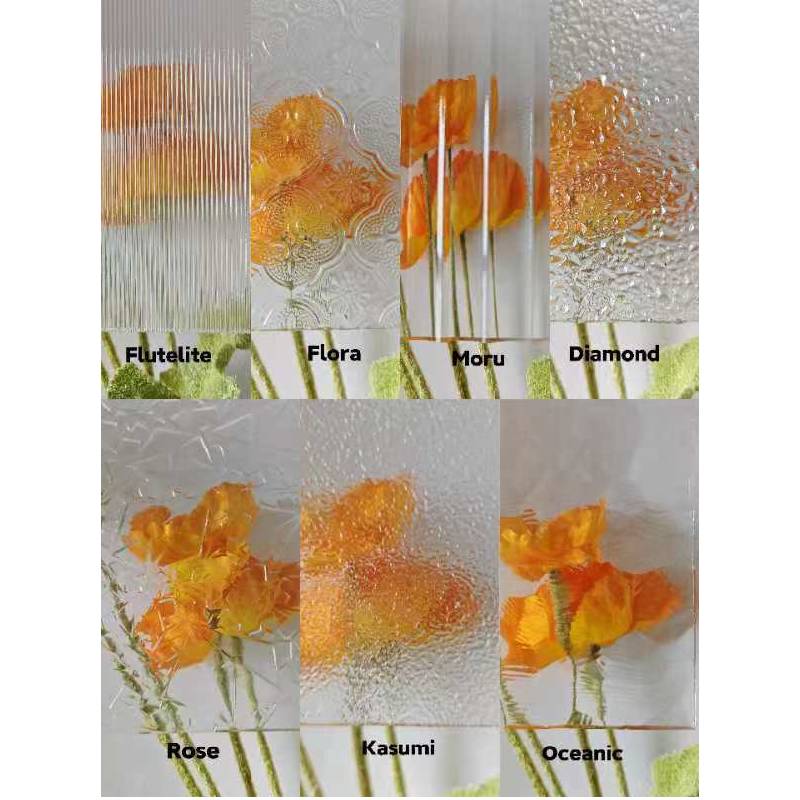

The Art and Functionality of Decorative Laminated Glass
In the contemporary world of architecture and design, decorative laminated glass has emerged as a versatile and innovative material that not only enhances aesthetics but also ensures safety and durability. Combining artistry with functionality, this type of glass is becoming increasingly popular in various applications, from residential to commercial settings.
Laminated glass is made by sandwiching a layer of polyvinyl butyral (PVB) or ethylene-vinyl acetate (EVA) between two or more layers of glass. This process not only strengthens the glass but also provides critical safety features. In the event of breakage, the glass fragments are held together by the interlayer, reducing the risk of injury and making it an ideal choice for areas where safety is paramount.
One of the primary attractions of decorative laminated glass is its ability to incorporate designs, colors, and textures into architectural projects. Unlike traditional clear or frosted glass, decorative laminated glass can showcase intricate patterns, vivid hues, and even bespoke artwork. This versatility allows architects and designers to unleash their creativity, producing stunning visual statements that can transform spaces.
Decorative laminated glass is particularly popular in commercial environments, such as offices, retail spaces, and hospitality venues. For example, it can be used for feature walls, skylights, or room dividers. Businesses often opt for decorative glass that incorporates their branding elements, thus creating a unique identity that is visually appealing. Likewise, hotels and restaurants can use this glass to create vibrant atmospheres, enhancing the overall guest experience.

Residential applications for decorative laminated glass are equally diverse. Homeowners can employ it in windows, balustrades, and shower screens, adding an air of sophistication and style. Custom designs can reflect personal tastes, from floral motifs to geometric patterns, making each piece unique. Furthermore, the use of colored or patterned laminated glass can improve privacy without sacrificing natural light—a perfect balance for modern living spaces.
Aside from aesthetics, the functional benefits of decorative laminated glass cannot be overlooked. Besides offering safety, laminated glass provides excellent acoustic insulation, making it ideal for noisy environments. Homeowners seeking a peaceful retreat or businesses looking to reduce noise distractions can benefit significantly from this feature.
Another compelling advantage of decorative laminated glass is its capacity for solar control. Certain types of laminated glass can filter UV rays, protecting interiors from sun damage while enhancing energy efficiency. This quality is increasingly crucial as sustainability becomes a priority in design practices, allowing for energy savings and a reduced carbon footprint.
Moreover, decorative laminated glass is highly customizable. It can be produced in various thicknesses, sizes, and shapes to suit specific project needs. This adaptability makes it a favorite among architects and builders, providing them with the freedom to design without limitations.
In conclusion, decorative laminated glass represents a harmonious blend of art and technology. Its capacity to enhance aesthetic appeal while providing essential safety and performance characteristics makes it a favored choice in multiple domains. As designers continue to explore the possibilities of decorative laminated glass, we can anticipate a bright future where this versatile material plays a pivotal role in shaping our built environments. Whether used in a stylish restaurant, a serene home, or an innovative office space, decorative laminated glass is sure to leave a lasting impression.